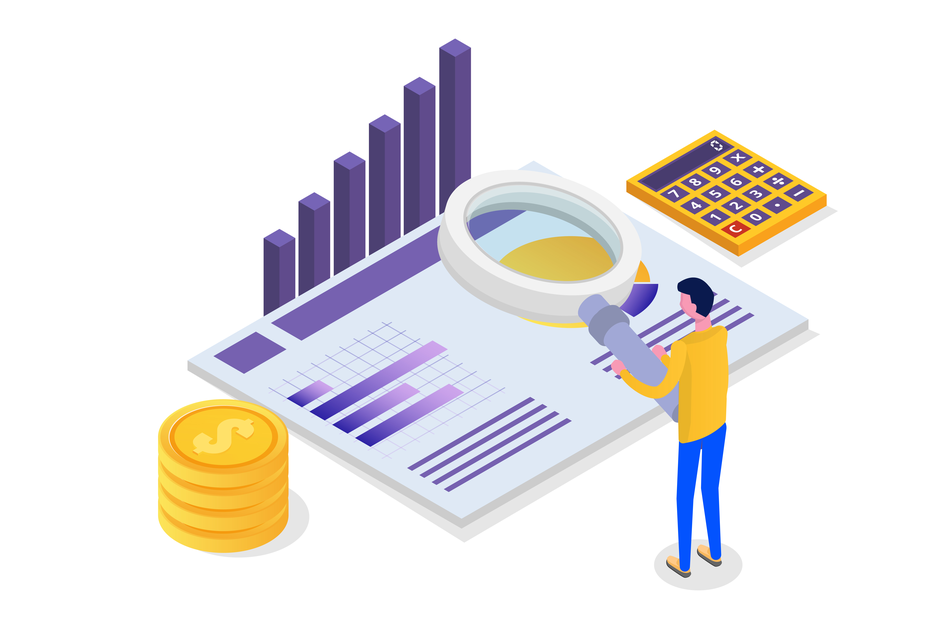The very first ICO was held just over 5 years ago, when J.R. Willett pioneered the idea for his startup Mastercoin. That was 2013, and just a few short years later there have been over 1,500 ICOs to date.
ICOs follow the fundraising model of a traditional IPO, but instead of a stock, it is a new crypto or blockchain-based token offered by the company in exchange for investors’ funds. Usually, there is a specific business case or new functionality promised.
Unlike on the stock market, you don’t have to actually build a successful company before the ICO. However, companies must complete their research, concept, strategy, roadmap and marketing/PR plan. The investment-seeking startup should clearly communicate to potential investors how their product is going to solve the outlined problem.
EOS has raised over $4 billion dollars so far using the ICO model, and other successful examples include Ethereum ($18.4 million in 2014), ARK ($5 million in 2016) and Bankera ($151 million 2018). More than the initial money raised, you can also measure success by the return on that initial investment, which is as high as 598,000% (NXT).
All these success stories prompted new players to jump into the ICO fray, but as the number increased, the quality of the projects and the number of fraudulent ones skyrocketed. This led some forward thinkers in the industry to come up with a new model, and the smart contract-based DAICO might just be the future of blockchain startup funding.
ICO: Pioneering but Risky?

There’s often risk involved in ICOs, because investors have to trust what you’re telling them you can deliver. It’s very easy to say you can solve a business challenge, but yet another to show the proof that you can. Unfortunately, through inexperience or dishonesty, some entrepreneurs make promises they cannot back up, leading to failed projects and losses for investors. In fact, a recent study found that 80% of 2017’s ICOs were a scam.
On the one hand, ICOs are an effective way to quickly raise money for a budding technology company. But the risk to investors and the crowded field of potential ICOs makes it hard to stand out. Often, those who are promising pie-in-the-sky products will take investment dollars from you because people buy into the hype.
This is making investors sour on the idea of the ICO, with several high-profile cases of fraud or ‘exit scams’ where company founders take the proceeds of the ICO and shut down the project.
Some firms have even run multiple scam ICOs, such as Shenzen Puyin Blockchain Group, who raised over $60 million across their ACChain, BioLifeChain, and PuyinCoin startups. However, when investigated, it was found that the office where all the three were supposed to be working out of was empty.
In August, weekly fintech publication Diar released a report showing that consumers had lost over $100 million in exit scam ICO fraud, causing a corresponding dip in ICO investment. So what can be done to change this alarming trend?
DAICO: Restoring Trust

Due to the drawbacks and risks inherent in the ICO market, Vitalik Buterin, co-founder of Ethereum, released the concept of the DAICO last year. The acronym DAICO meaning ‘Distributed Automated ICO’ is a combination of the DAO concept, or ‘Distributed Automated Organization,’ and the traditional ICO. According to it, investors can become greatly involved in the development process, even to the point of approving how the business should be run.
This model significantly shifts power back into the hands of investors, who can even vote to have contributed funds refunded if they are not happy with the progress of the development team. Recently, the first DAICO was completed by Abyss, having raised $15 million dollars across 4,800 users for a gaming-related token.
What makes the DAICO model different than a traditional ICO are controls put in place to ensure that the project hits certain milestones before they have access to the funds investors provide. Let’s take a look at how it works.
Smart Contracts
The key concept of the DAICO model is the smart contract, embedding rules about the system right into the code of the blockchain. By making those rules part of the ICO, you already build in key safeguards to assure the investors against common risks in the traditional ICO.
There’s really no limit to what smart contracts can accomplish within the ICO framework, be it protecting funds or creating milestones. They can be set up to be approved or ratified only by the investors, giving ultimate control to those who are putting their money on the line.
Some proponents say it can work for any organization, not just for those related to currency and transactions. They see it as a way to guarantee a democratic application of ideas where the core group of investors have a say in the final product, and vote for a direction instead of just going along for the ride.
Controlled Flow of Funds

Another benefit of the DAICO ICO model is that investors can control the rate at which funds are distributed to the development team. Think of a faucet or tap handle. The smart contracts can control the flow of funds, keeping the unused portion of the investment safe while work is carried out, as opposed to having all the funds available right away.
With an ICO, once the initial token sale is completed and goal reached, all the money is available to the developer, and it’s up to them to meter the funds out to properly complete the project. There’s no further real obligation to produce a viable product, leaving investors vulnerable.
In DAICO, contributors only approve resolutions to increase the flow of funds or decrease them based on a consensus of other contributors. This keeps the developers on task, and eliminates the risk of ‘vaporware.’ These rules can all be agreed upon before the launch, making transparency a big part of the final solution.
With an ICO, once a development team raises millions of dollars, the motivation to implement the project often decreases, sometimes resulting in a failure to deliver a product. With the DAICO model, a team’s motivation to bring the idea to completion is sustained for the life of the smart contract and ensures a product gets developed.
The Challenges of DAICO
As with any new idea, there are challenges. For instance, if the DAICO is designed so that the developers hold a large chunk of the distributed tokens, there’s a risk in only needing to sway the vote of a small number of investors to get more funds released from the smart contract.
Just like with a standard ICO, contributors’ awareness is key. Investors need to have an understanding of why the price of a specific token is rising or falling when voting on increasing the tap amount or returning the remaining funds. This way, the investor community could make a decision based on facts and not on emotion.
Another challenge is that contributors can also disengage completely and not take part in votes on resolutions. This can lead to dilution of the power within the DAICO by reducing the number of active voters and the strength of a majority vote.
Despite these challenges, it’s easy to see that the DAICO model is a huge improvement over a basic ICO.
DAICO Is Worth Seeking Out

To truly build trust with your potential investors, you’ll want to strongly consider the DAICO model for your project. The inherent risk in a traditional ICO is causing investors to have second thoughts, and keeping even promising projects from making their funding goals. You could have the best product idea and a talented team behind it, but you might not maximize your fundraising potential unless you embrace the newest fundraising model.





Blockchain Insights
Join our mailing list to receive OpenLedger Insights publications weekly.
Thanks! Please check your inbox to verify your email address.
By clicking “Subscribe”, you’re accepting to receive newsletter emails from OpenLedger Insights every week. You can easily update your email or unsubscribe from our mailing list at any time. You can find more details in our Privacy Policy.